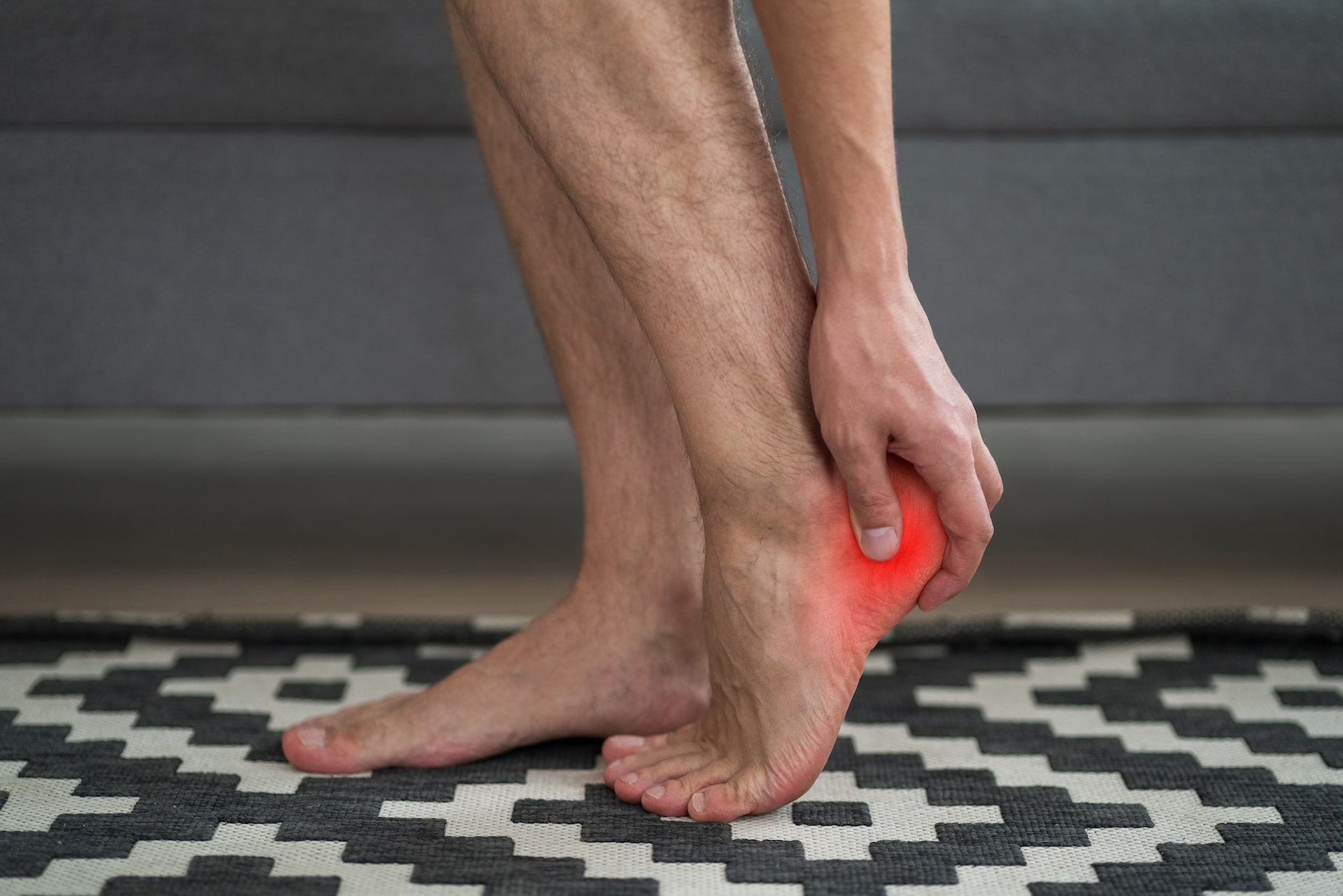Kansas City has three major climbing gyms, with a fourth gym on the way. As more beginners flock to the gyms, and find themselves wanting to commit to the sport, they’ll need to learn a few basics about caring for their bodies.
Climbing can take a particularly heavy toll on your feet. You can find a lot of mixed advice out there about what kind of shoes to select and what footcare is best. Check out these tips to gain an understanding of some of the widely accepted truths about caring for your feet as a rock climber:
1. Choose shoes that fit PERFECTLY
Some climbers claim that you need to cram your feet into the tightest possible shoes your feet can handle so you can feel holds better through your shoes. They will claim that if the shoes don’t hurt, then they’re not tight enough. This is not good advice, especially for beginners.
Climbing shoes that are too tight promote bunions, corns, and other foot problems. Your toes get cramped and can’t flex, so if your feet hit the ground or the wall pretty hard, your arch and heel absorb all of the impact, increasing your chances of a foot injury. Shoes that are too tight are also bad for your circulation.
It’s true climbing shoes should be snug, but never too tight. Snug shoes will keep your toes close together for better grip and power, but not too tight where they can’t flex. Basically, you want to make sure your shoes won’t slip off your feet, but are not so tight that they hurt.
Other factors to consider are the shape of the toe-box and the arch of the shoe. If you are unsure about what’s best for you, visit a climbing gym or a knowledgeable retailer for advice and help finding a shoe.
2. Get out of your shoes when you can
If you’re not actively climbing, it’s best to take your shoes off. Freeing yourself from climbing shoes — even if they’re not too tight — between climbs allows you to stretch your feet and toes, and your foot will be able to breath more easily. Wearing climbing shoes for too long can constrict your feet too much and stress them out, leading to cramps or more serious injuries. So, when you’re belaying your partner, or just taking a break between climbs, kick off your climbing shoes and give your feet a rest!
3. Stretch, massage, and wash your feet!
A hard day of climbing, even in well-fitting shoes, can make your feet sore. Your entire foot may not hurt, but you might have hot spots. Stretch and massage these spots to stimulate the nerves in the area. If your foot continues to hurt after a long length of time, you may have a more serious condition.
Washing your feet is an important step climbers overlook! Sure, you’ll wash them in the shower, but most climbers don’t go home immediately after a climb, and some simply crawl back into a tent at the end of the day. Climbing shoes aren’t the most breathable (though some brands make a better effort than others), so it’s important to wipe the sweat off your feet to aid preventing the development of Athlete’s Foot or another foot disease. Try using an antibacterial wipe if you’re not going to have access to a shower immediately after your climb.
Are you interested in learning more about caring for your feet for physically demanding activities, or do you need a foot examination? Call Kansas City Foot Specialists to schedule an evaluation at (913) 338-4440, or request an appointment online so we can work with you to keep your feet healthy.



